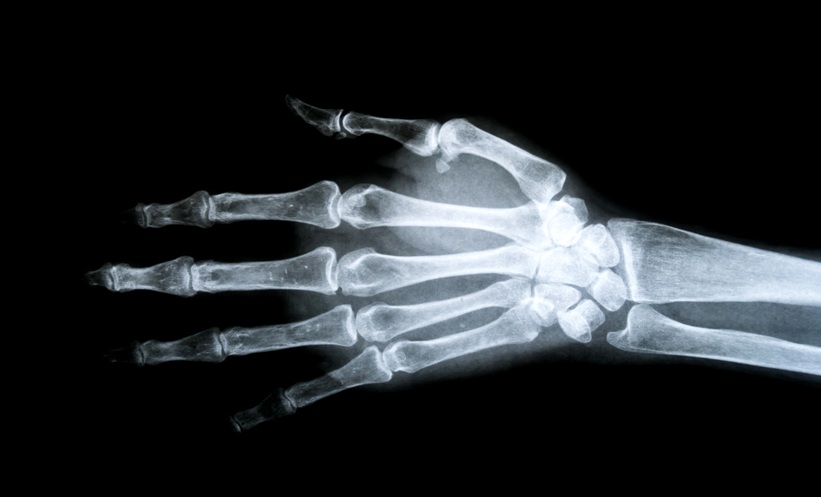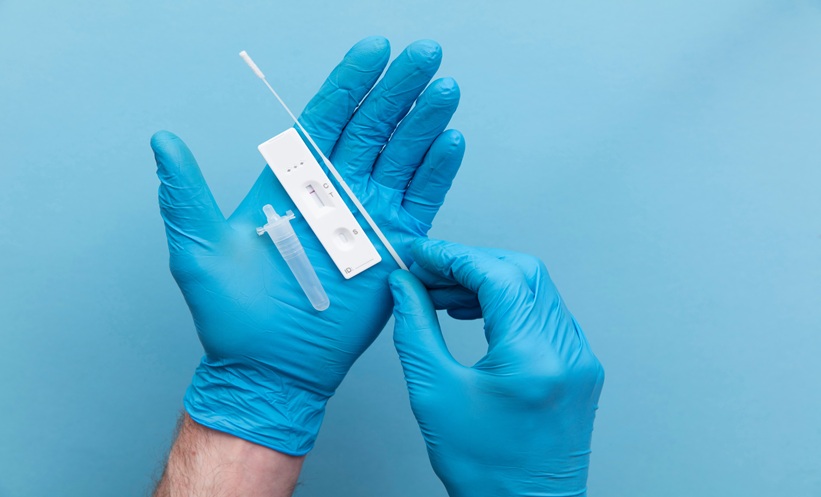Abstract
Osteoarthritis (OA) is the most common form of arthritis and results in significant social, psychological, and economic costs. It is characterised by progressive cartilage loss, bone remodelling, osteophyte formation, and synovial inflammation with resultant joint pain and disability. Since OA affects the entire joint, it is not surprising that there has been difficulty developing an effective targeted treatment. Treatments available for structural disease modification are limited. Current options appear to mostly reduce symptoms. Basic calcium phosphate (BCP) crystals represent a potential therapeutic target in OA; they have been found in 100% of knee and hip cartilages removed at joint replacement. Intra-articular BCP crystals are associated with large joint effusions and dissolution of intra-articular structures, synovial proliferation, and marked degeneration as assessed by diagnostic imaging. While BCP deposition has been considered by many to be simply a consequence of advanced OA, there is substantial evidence to support BCP crystal deposition as an active pathogenic mediator of OA. BCP crystals exhibit a multiplicity of biologic effects in vitro including the ability to stimulate mitogenesis and prostaglandin, cytokine, and matrix metalloproteinase (MMP) synthesis in a number of cell types including macrophages, synovial fibroblasts, and chondrocytes. BCP crystals also contribute to inflammation in OA through direct interaction with the innate immune system. Intra-articular BCP crystals can elicit synovial inflammation and cartilage degradation in mice in vivo . Although intra-articular BCP crystals are difficult to detect at the bedside, advances in modern technology should allow improved identification and quantitation of BCP crystals. Our article focuses on why basic calcium crystals are important in the pathogenesis of OA. There is ample evidence that BCP crystals should be explored as a therapeutic target in OA.
Please view the full content in the pdf above.








